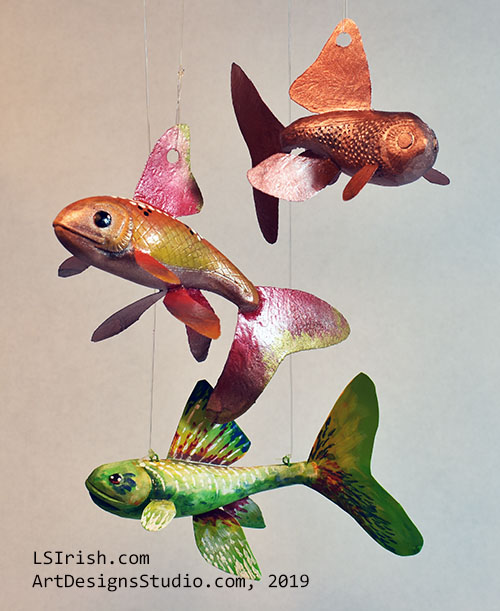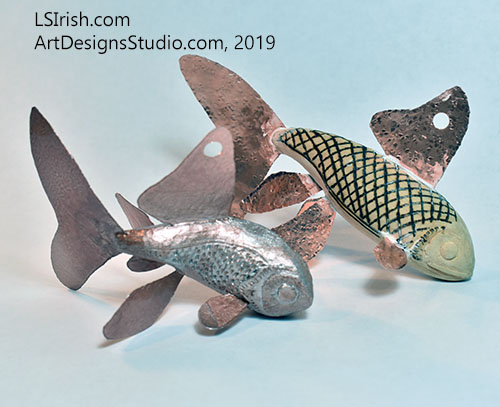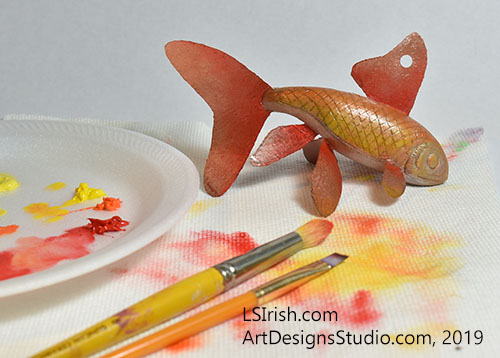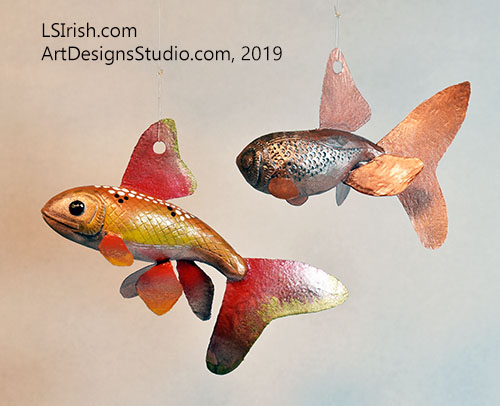Extreme Foam Pumpkin Carving
 Snow Gnome Pyrography
Snow Gnome Pyrography
Have a little free pyrography fun with this step-by-step PDF.
Our Best Discount of the Year
ArtDesignsStudio.com
![]()
 Adult Coloring E-Project
Adult Coloring E-Project
Available at our pattern website – ArtDesignsStudio.com
If you enjoy Adult Coloring, Wood Carving, or Pyrography this E-Book, by Lora S. Irish, will teach you the techniques to create vibrant skin tones in your colored pencil works. As an added bonus the patterns inside of the Adult Coloring Portrait E-Book are shown in a medium gray coloring, not as black outlined designs, so that your coloring will cover the pattern outlines.
- Learn how to create new color tones through the use of a color wheel
- Create your own skin shading practice grid using your colored pencil pack
- Discover how to determine your light source and how it effects the highlights and shadows on the face
- Practice using black cherry, indigo blue, deep forest green, and burnt umber as your shading base
- Explore the different art papers that you can use with your printer for your portraits
146 pages of instructions, patterns, and ideas including 6 in-depth step-by-step portrait projects and 62 patterns for wood spirits, greenmen, shamans, wizards, vampires, dragons, and assorted designs.
 Halloween Pumpkin E-Project
Halloween Pumpkin E-Project
Available on our pattern website – ArtDesignsStudio.com
$9.95
Have you tried carving rigid XPS foam yet? It is a construction product used for home insulation that is created with densely packed particles of polystyrene and it carves like a dream. Light weight, water proof, and can be colored with acrylic craft paints. This pdf by Lora S Irish will take you through all the steps needed to carve your own Extreme Pumpkin face.
![]() In the northern hemisphere, this is the perfect time of year to harvest your walking sticks and hiking canes. As the saplings along your fence lines, road side, or field edges begin to lost their leaves their trunk profile becomes visible.
In the northern hemisphere, this is the perfect time of year to harvest your walking sticks and hiking canes. As the saplings along your fence lines, road side, or field edges begin to lost their leaves their trunk profile becomes visible.
Learn more about How to Harvest Your Walking Sticks
![]() Autumn is a great time to start a new wood carving project.
Autumn is a great time to start a new wood carving project.
Our free, online, step-by-step Canada Goose Relief Carving Project includes all the instructions a new carver needs to complete this realistic, painted waterfowl plaque.
![]() Did you know that you can work your pyrography on many more surfaces than just wood. Watercolor paper, vegetable-dyed leather, cotton canvas, and paper mache make great backgrounds for your next work.
Did you know that you can work your pyrography on many more surfaces than just wood. Watercolor paper, vegetable-dyed leather, cotton canvas, and paper mache make great backgrounds for your next work.
Learn more about Pyrography on Paper
Pyrography on Leather
Wood Burned Paper Mache Mouse Box
![]() Are you ready to start spoon carving? This traditional whittling projects is quick, fun, and so easily adapted to new designs.
Are you ready to start spoon carving? This traditional whittling projects is quick, fun, and so easily adapted to new designs.
Learn more about Spoon Carving
Wood Carving
Cutting a Wooden Spoon Blank
Spoon Styles for Wood Carving
The Art of Spoon Carving by Lora S. Irish
Wood Carving a Basic Wooden Spoon
Wood Carving Wooden Spoons
Wooden Spoon Burning Patterns
Beginner’s Wood Carving, Spoon Carving
Wood Carving a Basic Wooden Spoon
Styles of Wood Carved Spoons
![]() Get out your permanent marking and gel pens to have a fun evening of decorating our old blue jeans. After the design is completed, iron your pants on a hot temperature to set your colors.
Get out your permanent marking and gel pens to have a fun evening of decorating our old blue jeans. After the design is completed, iron your pants on a hot temperature to set your colors.
Learn more about Blue Jean Painting




